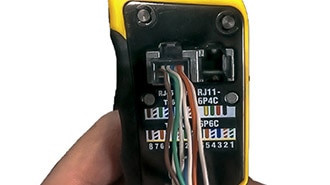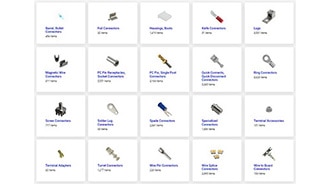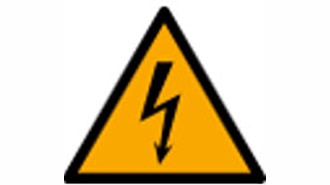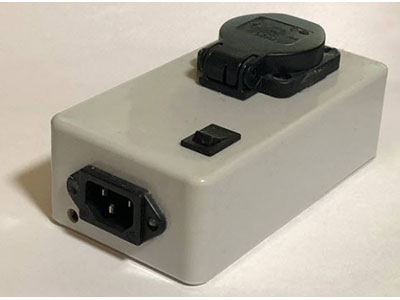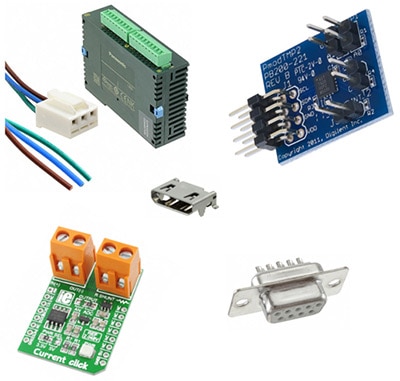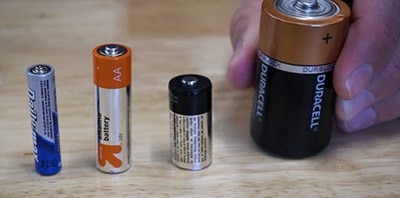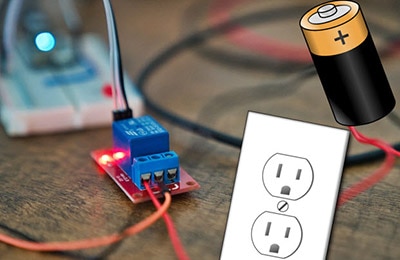High Voltage AC Power Connectors
2025-03-26 | By Aaron Gondo
Overview
We use power connectors every day in almost every household device. From your toaster to your dryer, these devices use a standardized set of connectors defined by the International Electrotechnical Commission (IEC) and the National Electrical Manufacturers Association (NEMA). These bodies ensure compatibility, commonality, and safety in the connectors we use on a daily basis. These connectors serve as the connection between the devices we use and the high-voltage AC power source they use.
Safety
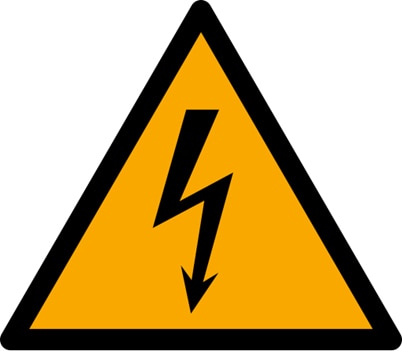
The connectors described in this blog are commonly operated at high voltages, posing a risk of serious injury or death. Proper safety precautions must be followed when working on devices or components that are designed to operate at a high voltage. For more information visit this blog on high voltage safety.
Naming
NEMA power connectors use a naming scheme that indicates the capabilities and functions of a receptacle. A receptacle name preceded by an L indicates whether it uses curved contacts that lock to prevent removal when rotated. The connector name is then comprised of two hyphenated numbers. The first number identifies which connector configuration is being used, with the second representing the current rating of the connector in amperes (amps/A). The final part of the name will be either P for the plug or R for the receptacle. Voltage ratings are dependent on the configuration of the connector. For example, one of the most common NEMA receptacles you will find is the 5-15R, which uses the NEMA 5 configuration and is a receptacle rated for 15 amps of current at 120 volts (V) AC, while L5-15P is a locking NEMA 5 configuration plug that is rated for 15 amps of current at 120V.
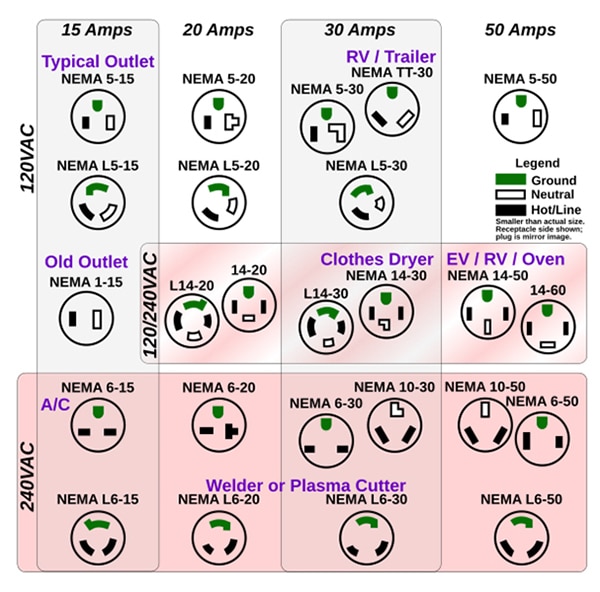
“NEMA simplified pins” by Orion Lawlor licensed under CC BY-SA 3.0
IEC connectors are defined in the IEC 60320 set of standards and are commonly named IEC 320-C__. While the IEC standard defines current rating, temperature rating, and other specifications, the name does not directly inform any of these ratings itself. For more information on the ratings of an IEC 60320 connector, refer to the manufacturer’s specifications. The female connectors are odd-numbered, and the male inlets are even-numbered. For example, the inlet for a C5 connector is a C6 inlet. Unlike NEMA connectors, IEC connectors do not feature locking mechanisms and are held into the inlet by friction.

“IEC 60320 plugs” by Csnsdr licensed under CC BY-SA 4.0
NEMA Receptacles at Home
The most common power receptacles found in a North American home are the NEMA 5-15 connectors. These receptacles contain a connection for ground, are rated for 120V, and are rated for 15 or 20 amps, respectively. The NEMA 1-15 receptacle is ungrounded and is mostly found in older electrical systems. This receptacle features two differently sized connections to ensure that polarized devices are properly connected to the receptacle. A NEMA 1-15P can likely be found on many of the devices in your home such as a hairdryer, phone charger, or fan. The grounding connection on grounded NEMA connectors protects you and your home by providing a path to ground for electricity to travel in case of a defective or malfunctioning device.
The cool thing about NEMA 1-15, 5-15, and 5-20 connectors is that there is a degree of interoperability between the plugs and the receptacles. A NEMA 1-15 un-polarized plug is what you likely use for your phone charger and will work in a 1-15, 5-15, and 5-20 receptacle. However, a 5-15 plug will not work in a 1-15 receptacle but will work in a 5-20 receptacle, and a 5-20 plug won't work in either a 5-15 or 1-15 receptacle. These connectors are designed so that a plug rated for a higher current cannot fit in a lower current receptacle, but a plug rated for a lower current can fit in a higher current rated receptacle. This is because a device (excluding extension cords) that conforms to NEMA standards is designed to not use more current than the plug attached to it is rated for. This is why it is recommended to plug high-current devices directly into a receptacle and not an extension cord or power strip to prevent the receptacle’s current rating from being exceeded and creating a fire hazard. In addition, products or modifications that convert a 5-15R to a 1-15P circumvent a safety mechanism and should never be used or made. NEMA 1-15, 5-15, and 5-20 plugs can be found here and receptacles here.
Other common NEMA receptacles that are found in the home are the 10-30, 14-30, 14-50, 6-15, and 6-20 connectors used for up to 250-volt high-current appliances. Some examples include a refrigerator, air conditioning unit, dryer, and electric stove.
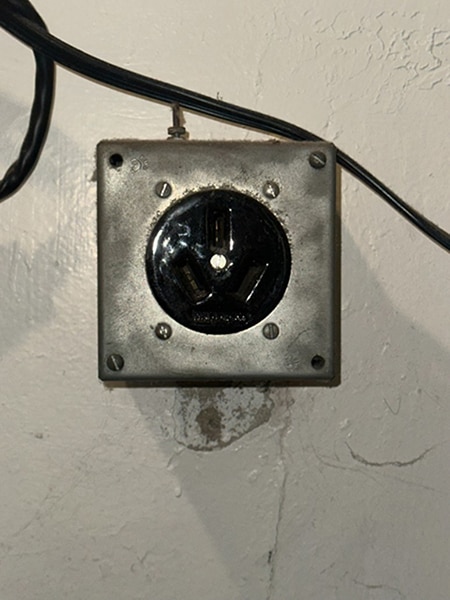
10-50R that was used for a dryer
Locking NEMA Receptacles
NEMA also has a special set of connectors and receptacles that feature locking mechanisms. These are typically never seen in a North American home but are used in offices, laboratories, and other commercial settings. These locking connectors use a twist-lock mechanism instead of friction alone to hold a plug into a receptacle and are used where a normal NEMA receptacle may be prone to accidental disconnection or where disconnection of a device poses a hazard.
Below are a couple of examples of locking receptacles I found in a machine shop with one being an L5-15 mounted on the ceiling and the other being an L18-30 mounted to a wall. Both of these locking receptacles are used to increase the safety of those working with tools that are plugged into them. Tools used in a machine shop, especially any heavy machining tools can pose a danger to the operator and those around the tool if the machine is powered off unexpectedly.

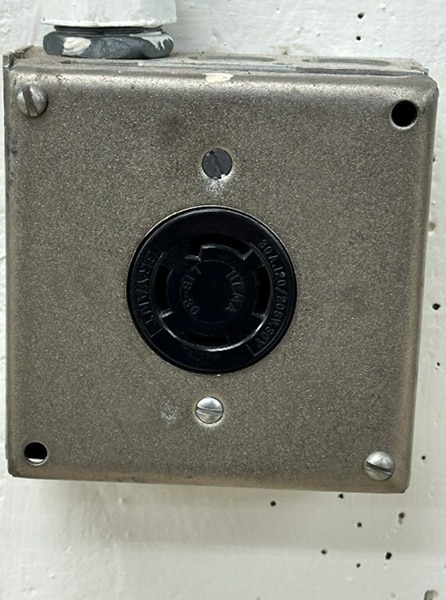
IEC 320 Connectors You Might Use Daily
IEC connectors are typically used in high-voltage device power inputs such as a power supply or TV. An IEC connector is commonly implemented on a cable with a NEMA power plug on one end and an IEC connector on the other that will then connect to a matching inlet on the device. For example, below is a NEMA 5-15P that terminates to an IEC 320 C13 and connects to an IEC 320 C14 socket. Common IEC connectors that are found on devices are the C6, C8, C14, C16, and C20.
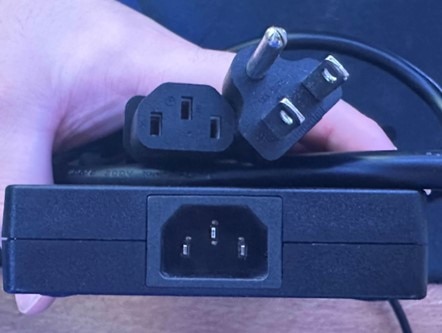
NEMA 5-15P to C13 that connects to C14 on a laptop charger
IEC 60320 connectors are found on devices we use on a daily basis. A C14 inlet can be found on a computer power supply, a C8 on the power supply of a monitor, and a C20 on a benchtop power supply you might find in a laboratory. These are just some examples that I found on devices that I interact with regularly and many more can be found on a device near you. These inlets are paired with a power cord that features the other end of the IEC connector and in North America will terminate to a NEMA plug that is either a 1-15, 5-15, or 5-20 based on the appliance’s specifications. You can find NEMA to IEC 60320 cable assemblies here.
Just like NEMA 1-15, 5-15, and 5-20 connectors, some IEC connectors have interoperability with one another. A C18 inlet accepts a C17, C15/A, and C13. While they all have the same IEC current rating, the temperature ratings are different and the C18 does not feature the ground connection that the C15/A and C13 have and such a C17 will not work in a C16 or C14 inlet. A connector rated for a higher temperature will work in an inlet rated for a lower temperature but not the other way around.
Conclusion
Many more power connectors exist than I can fit into this article, however, the NEMA and IEC 60320 standards are the most common connectors used to connect devices to high-voltage AC power in North America residential and commercial/industrial applications. If you want to learn more about the function and use of NEMA and IEC power connectors, the links below are good resources for tables that list the specifications and functions of these connector families.







